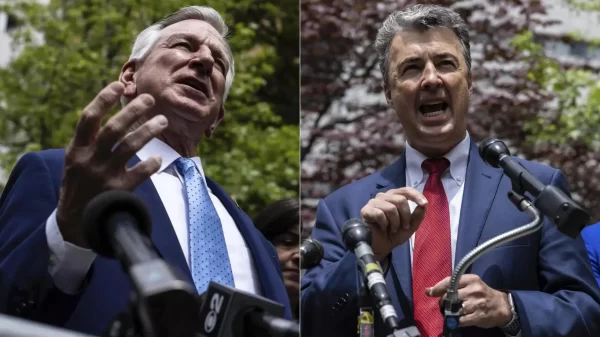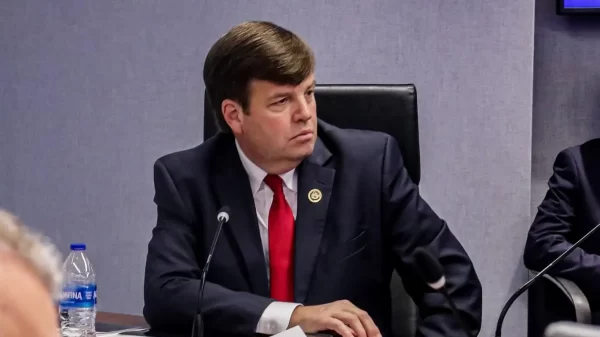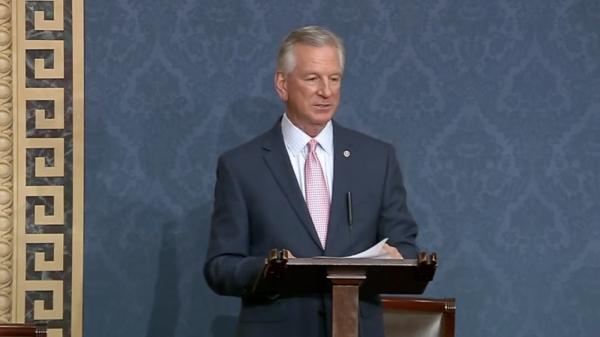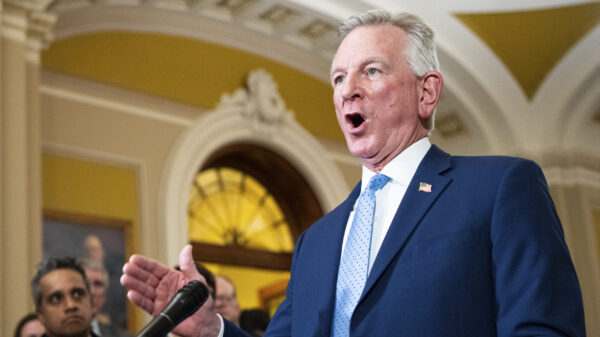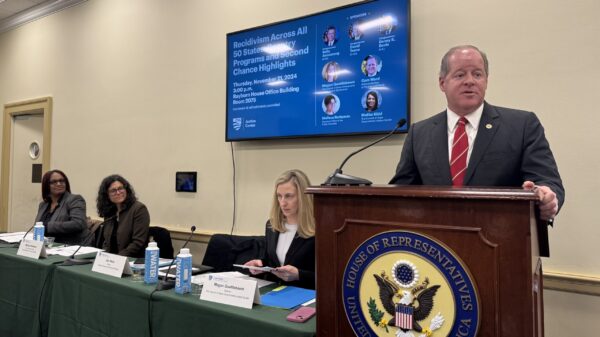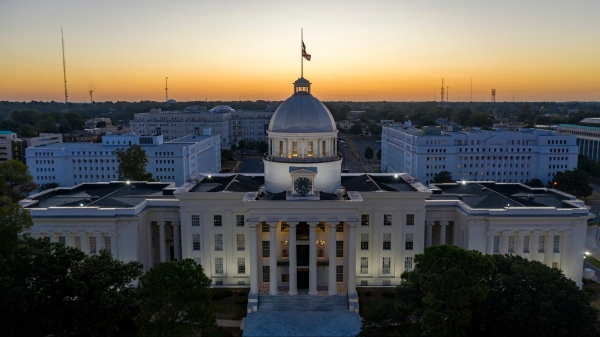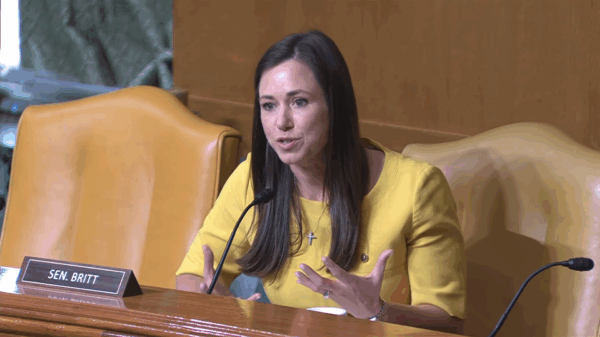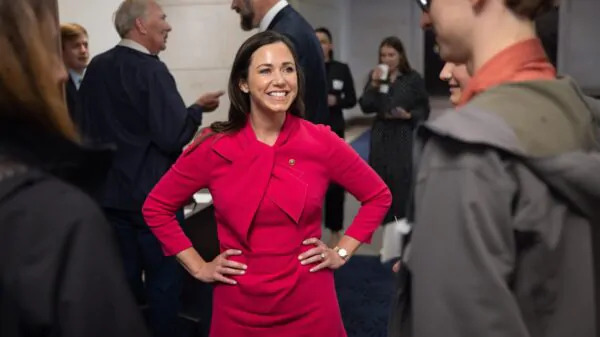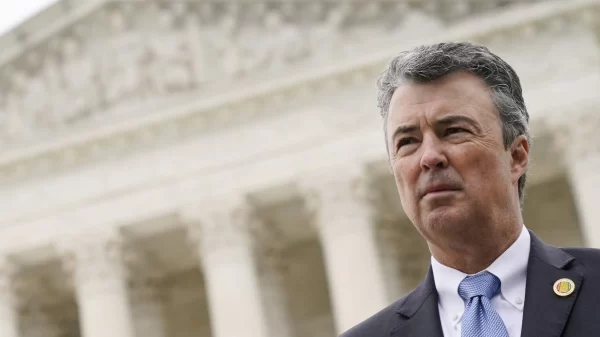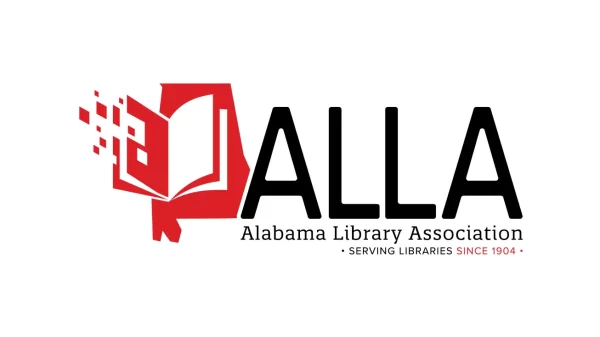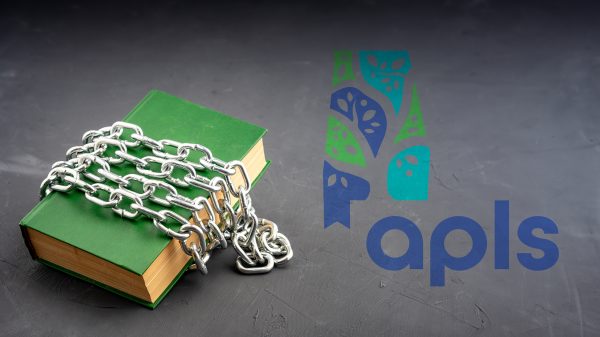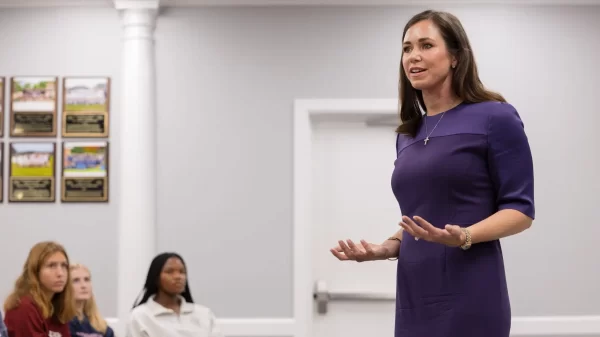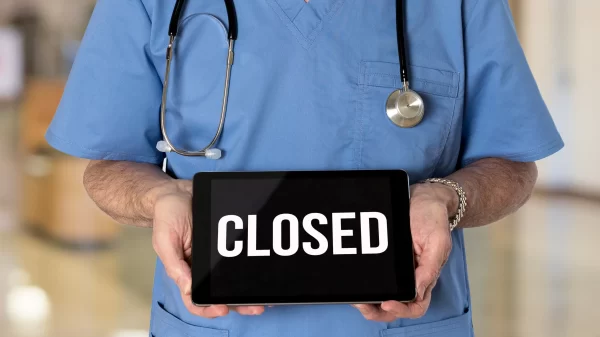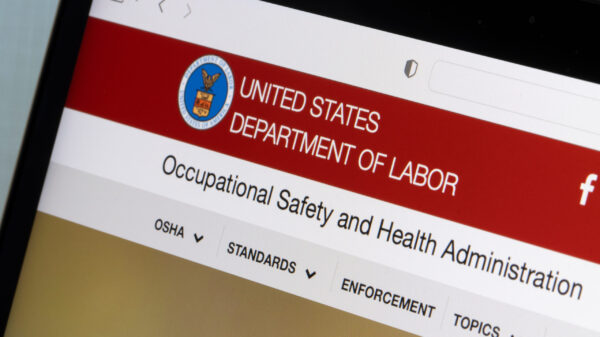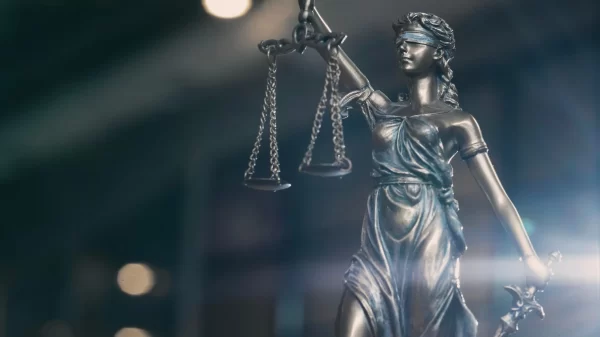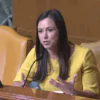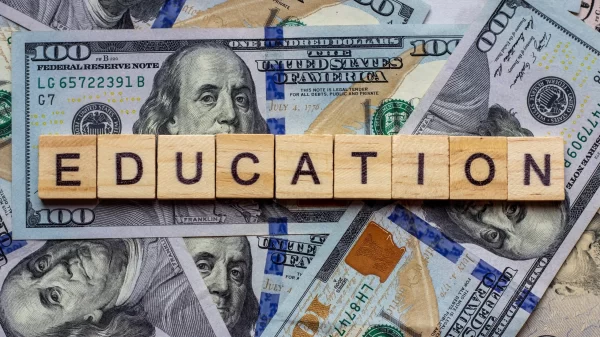Education Matters
By Larry Lee
It’s now been a year since the legislative leadership used sleight of hand and secrecy to pass the most far-reaching education policy act in years. Since this was called the Alabama Accountability Act, let’s take a moment to do some accountability by looking at real numbers, rather than listening to the high-blown rhetoric of those who dreamed up this legislation.
Recall that this bill emerged from a conference committee having doubled in size and opening the door for public education funds to ultimately be used to benefit businesses and private schools. Recall too that after its passage, leadership boasted they purposefully kept the state superintendent of education and the elected state school board in the dark as to what they were doing because “they might have opposed it.”
What happened to transparency and open government?
The bill required the state department of education to determine the bottom six percent of all public schools and label them “failing schools.” It then put a process in place to allow students from “failing schools” to escape them. This process was sweetened with tax credits and rebates, all paid for by the Education Trust Fund.
A total of $40 million was skimmed from ETF to cover the cost of contributions of $25 million to scholarship funding organizations and up to $15 million for tax credits and rebates for parents who had an expense in relocating their children to either private school or public schools.
According to figures from the state department of education, this $40 million amounted to $54.10 per student, or just over $1,000 per classroom.
Since Alabama has had the greatest per pupil cut in education budgets per child in the U. S. 2008, hits such as this are significant. How many teachers do you know who would turn down a $1,000 for their classroom to buy books, supplies, etc?
So what happened? Of the 30,005 students in “failing schools” in Alabama, only 719 transferred within their system, 18 went to another system and 52 went to private schools.
So 740,000 students in Alabama gave up $40 million so 52 kids in the entire state could go to a private school.
And what about the Black Belt, the region politicians always hold up as an example of schools that need the most help? The place politicians are referring to when they say “children should not be trapped by their zip code.”
Of the 7,126 students in “failing schools” in the Black Belt, only 39 transferred to another school in their system, six went to another system and ONE went to private school. And in seven of the 14 Black Belt counties impacted by the Alabama Accountability Act, not ONE student transferred to another school, another system or a private school.
So much for helping kids trapped by their zip code.
A couple of things about the $25 million scholarship program should be noted. Any business or individual contributing one dollar to a scholarship gets a one dollar tax credit on their state taxes. So instead of giving one dollar to public education the contributor gives one dollar to be used to send a student to a private school.
One financial advisor referred to this as a “free lunch” for contributors. He failed to add that this was being paid for by every public school student in the state.
This legislation also allows the scholarship program to keep five percent of what they collect to administer the program. So that’s $1,250,000 that Alabama public school students are paying for jobs to market and run these programs.
And once the needs of students from “failing schools” going to private schools are met, scholarships can go to any student whose family is no more than 150 percent of the Alabama median household income level (about $65,000). If a scholarship is worth $5,000 and only 52 students from “failing schools” wanted one; that frees up $24,740,000 to be given to kids from non-failing schools to attend private schools.
At the end of the day, when you look at real numbers and ignore the political “spin” being put on this legislation, it is hard to understand how we are helping some kids by denying resources to all of the 740,000 in public schools. How do you improve a “failing school” by taking $1,000 from each of their classrooms?
Isn’t this like going to the intensive care unit of the nearest hospital and telling the sickest patients that you intend to cut back on their medication and that you wish them well?
Larry Lee led the study, Lessons Learned from Rural Schools, and is a long-time advocate for public education. larrylee133@gmail.com read his blog: www.larryeducation.com

